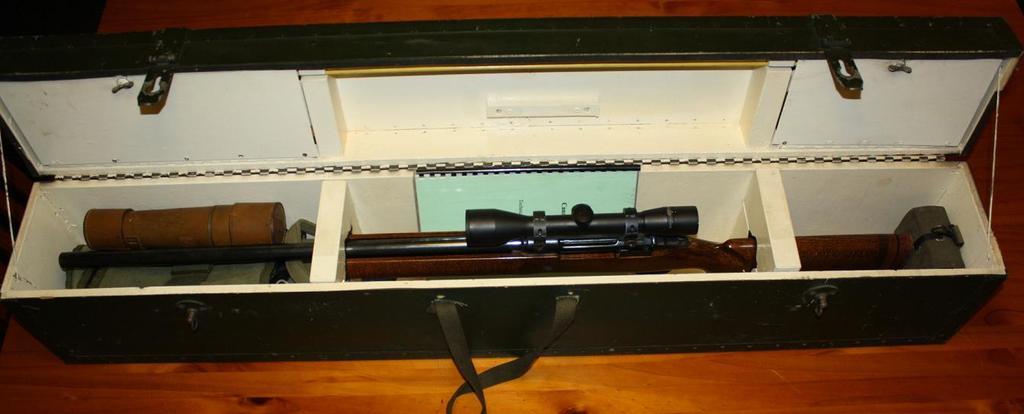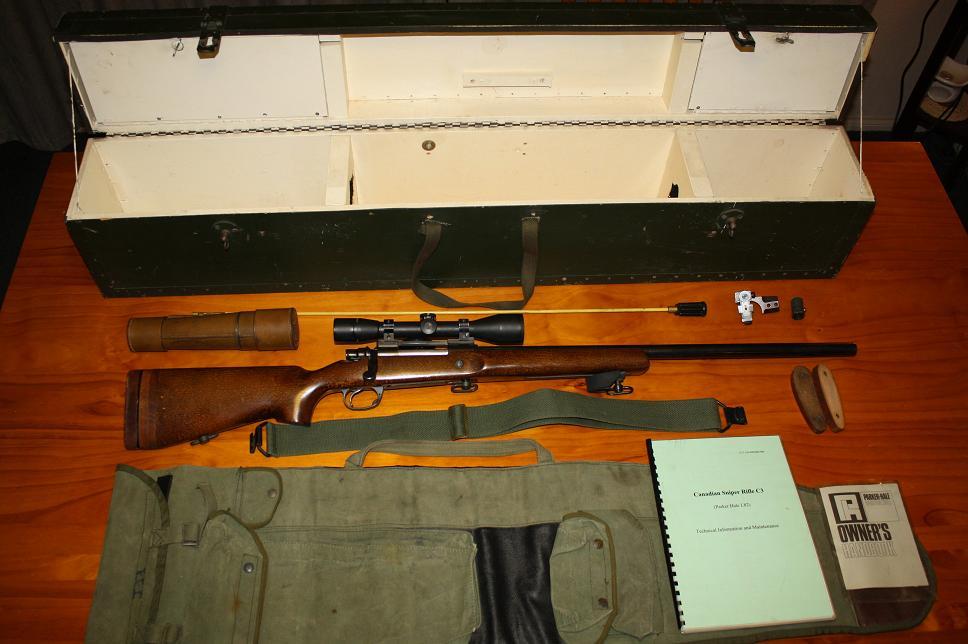-
FREE MEMBER
NO Posting or PM's Allowed

Sniper telescope or General Service
-
07-10-2015 05:11 AM
# ADS
Friends and Sponsors

-
Advisory Panel


You have a MkVI Signallers Telescope made by Broadhurst Clarkson. I believe the number you are asking about refers to a contract/ design spec for the model. I note it isn't marked "and GS" (general service) like the previous models Signallers Telescopes seem to be... I don't know what the production year would be, some were date marked, some makers didn't date them. Someone may have info on when the models were introduced, I am away from my books at the moment, so won't speculate.
Signallers telescopes have been noted in the CES for sniper rifles early on, but usually they had the Telesope, Scout Regiment MkIIs
Looks to be in pretty good order!
-
The Following 4 Members Say Thank You to Son For This Useful Post:
-
-
Exactly as Son says plus....... The OS 717 GA part refers to the VAOS part number which would read in full V5 (the Ordnance classification) OS (for Optical Stores) followed by the part number, 717 followed by the status classification which is GA for General Assembly. There were zillions of other combinations of these numbers and letters but unless you were well into the Ordnance stores system or one of the cataloging or pamphlet writing souls with their ability to fool all of the people all of the time then let it all go above your head!
Very basically, as Son has already said, these telescopes were the expensive forerunner to the later and much cheaper Telescope Scout Regiment. These Telescope, signalers (or signals - nobody really knows for sure?) were also used and designated as the GS model. Also quite common to see them in the CES of the old No4T sniper kits too but not with the extra magnification lens and pouch. They were generally pretty good and reliable when used carefully and were still in use in the 80's, in the watchtowers along the border of Bandit Country between N and S Ireland.
That was their fatal flaw................ Like the Scout Reg telescopes, these were nose heavy and round. Which meant that as soon as you put it down on the bench it tended to roll and they would ALWAYS, every time, without fail, as sure as eggs is eggs drop on the OG end and smash the flint glass part of the OG lens on the concrete floor. Why didn't they think of carpeting those lonely bullet riddled watchtowers for heavens sake.......? The Optical/Instrument shops could repair them when OG lenses were available. When the large dia lenses became unavailable and IF the counter cell (the lens holding part) wasn't damaged too much there was a method of replacing the broken large OG lens using an alloy collar and a smaller OG lens from a Scout Reg scope. That was all very well until spare Sct Reg scope OG lenses dried up and thereafter, they were declared obsolete and replaced with an unwieldly but very good SWIFT (that met its nemesis in Gulf 1*)
Here endeth the lesson.........
* OK, since someone asked..... Because you just couldn't keep the sand/dust out and it totally xxxxxd the adjusting mechanism up
Last edited by Peter Laidler; 07-11-2015 at 07:19 AM.
-
The Following 10 Members Say Thank You to Peter Laidler For This Useful Post:
-
FREE MEMBER
NO Posting or PM's Allowed

-
Looks like a commercialised Sct Reg Scope. You often see these on the various auction sites under different outlet names, such as Army and Navy etc. If you measure the rear draw you can usually see/feel where the old nomenclature has been linished off with new engraving on the now thicker opposite side. Good for spares - or better still, just use the original B&C marked 3rd draw in your cheap commercial scope and there you have it...... A good Tele Sct Reg or as we called them after about 1976 or so, Telescope, Straight, Cased
-
The Following 3 Members Say Thank You to Peter Laidler For This Useful Post:
-
Advisory Panel


Exactly as Son says plus....... The OS 717 GA part refers to the VAOS part number which would read in full V5 (the Ordnance classification) OS (for Optical Stores) followed by the part number, 717 followed by the status classification which is GA for General Assembly. There were zillions of other combinations of these numbers and letters but unless you were well into the Ordnance stores system or one of the cataloging or pamphlet writing souls with their ability to fool all of the people all of the time then let it all go above your head!
Very basically, as Son has already said, these telescopes were the expensive forerunner to the later and much cheaper Telescope Scout Regiment. These Telescope, signalers (or signals - nobody really knows for sure?) were also used and designated as the GS model. Also quite common to see them in the CES of the old No4T sniper kits too but not with the extra magnification lens and pouch. They were generally pretty good and reliable when used carefully and were still in use in the 80's, in the watchtowers along the border of Bandit Country between N and S Ireland.
That was their fatal flaw................ Like the Scout Reg telescopes, these were nose heavy and round. Which meant that as soon as you put it down on the bench it tended to roll and they would ALWAYS, every time, without fail, as sure as eggs is eggs drop on the OG end and smash the flint glass part of the OG lens on the concrete floor. Why didn't they think of carpeting those lonely bullet riddled watchtowers for heavens sake.......? The Optical/Instrument shops could repair them when OG lenses were available. When the large dia lenses became unavailable and IF the counter cell (the lens holding part) wasn't damaged too much there was a method of replacing the broken large OG lens using an alloy collar and a smaller OG lens from a Scout Reg scope. That was all very well until spare Sct Reg scope OG lenses dried up and thereafter, they were declared obsolete and replaced with an unwieldly but very good SWIFT (that met its nemesis in Gulf 1*)
Here endeth the lesson.........
* OK, since someone asked..... Because you just couldn't keep the sand/dust out and it totally xxxxxd the adjusting mechanism up
Those wooden "Stands, Instrument, No21" not on issue anymore by then?
“There are invisible rulers who control the destinies of millions. It is not generally realized to what extent the words and actions of our most influential public men are dictated by shrewd persons operating behind the scenes.”
Edward Bernays, 1928
Much changes, much remains the same. 
-
-
I only ever saw one of them stands. By the time of '.....the troubles' they were looooooong obsolete. The problem with these stands - and the aiming rest that was another useful bit of kit for holding the telescopes - was that it supported the tele at the ends. That way, if the long Captain Pugwash type telescope draw packings/joints were worn the tele tube would form a sort of arc about the joints and make focussing impossible.
-
Thank You to Peter Laidler For This Useful Post:
-
FREE MEMBER
NO Posting or PM's Allowed

Yep, the telescope stand is a pain in the rear, it clamps onto the largest sliding tube of the scope up against the body and if someone gets carried away and does the wing nut up to tight it can damage the tube by crushing it!! Or am I missing some thing?
But it is a work of art all that brass, no plastic in sight.
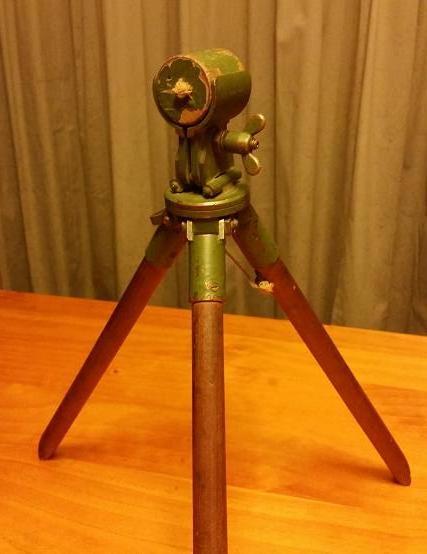
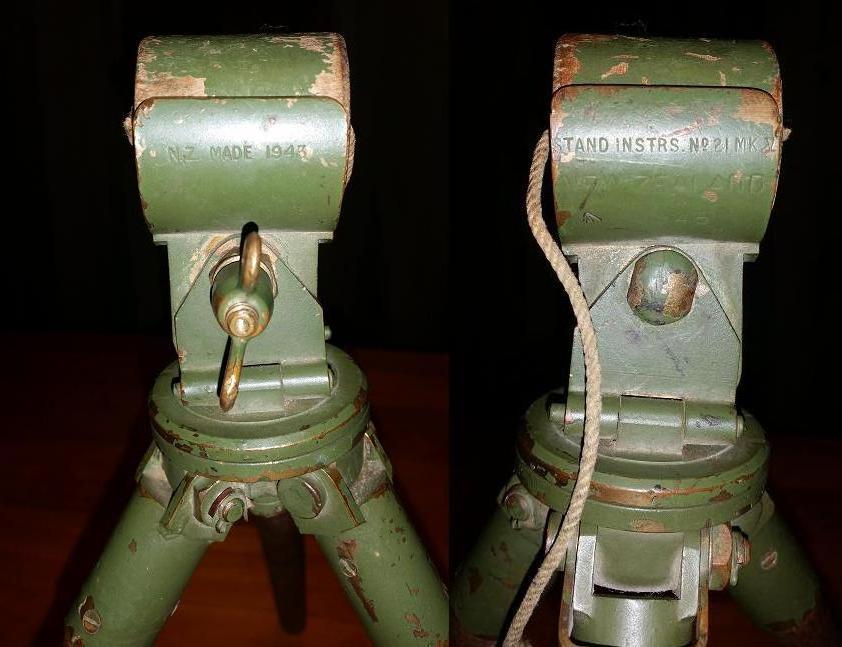
-
Ooops........ made a mistake. Or there must have been several/many variables as the ones we had were long legged with qui8te a complicated extended set of wooden legs but the top end looked 'sort of' familiar. I only ever saw one original set (I can only assume that it was original.......) and it housed a few different brackets to hold this and that. I think that this stand would be a generic instrument stand for several different instruments such as a theodolite or an MG director or for fixing GAP's for the MG's
But the problems would be the same. Hold the old Capt Pugwash telescopes by the ends or the middle and they'll droop causing the our favourite. Optical aberration caused by...... anyway.
Just a thought but could these legs be short replacements of just a more sensible NZ local manufacture
local manufacture
-
-
Advisory Panel


I have one with the long legs.
-
Thank You to Brian Dick For This Useful Post:
Armour and I'm not sure of the O.S 717 G.A numbers what it is and what year?
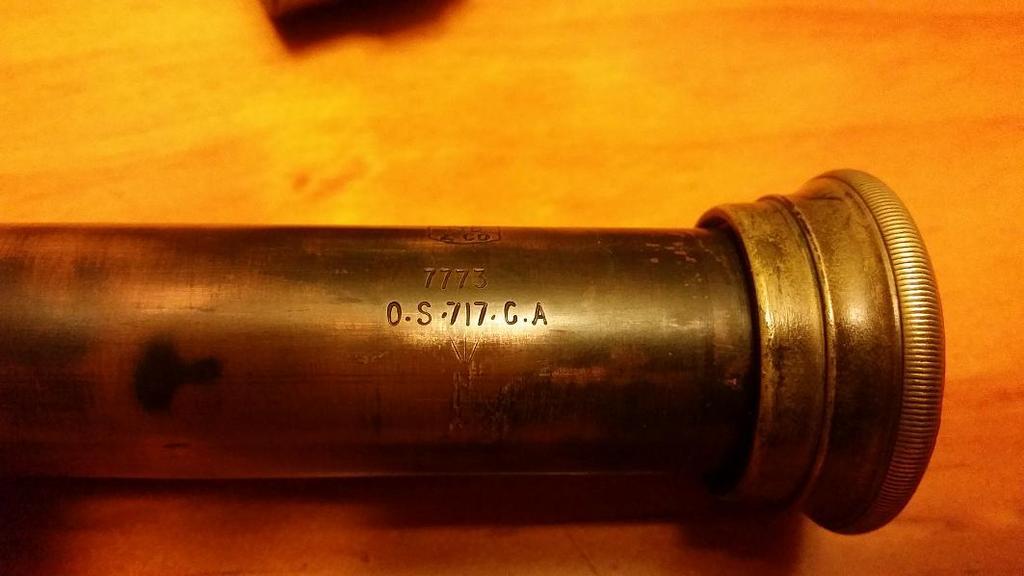 Information
Information














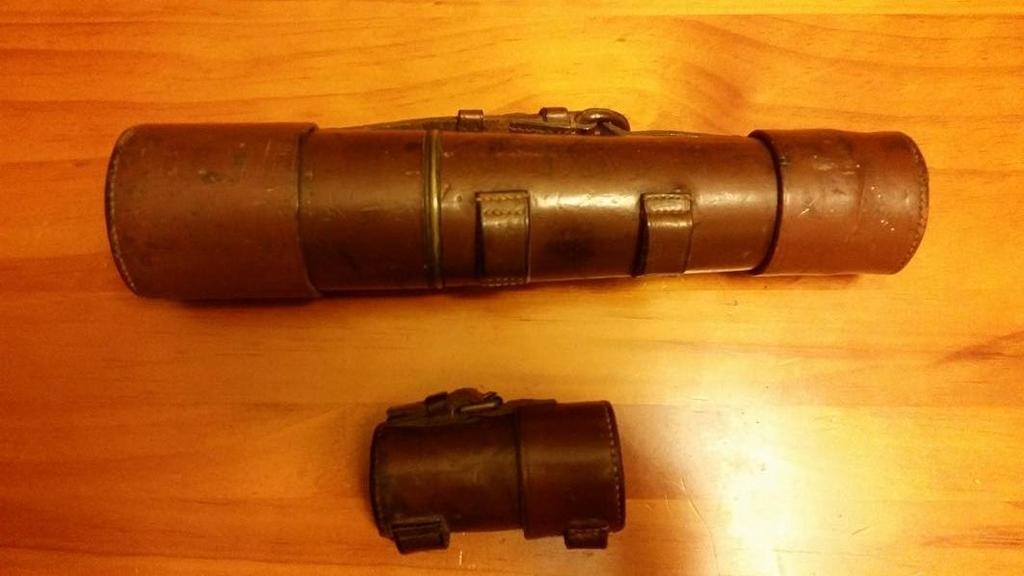
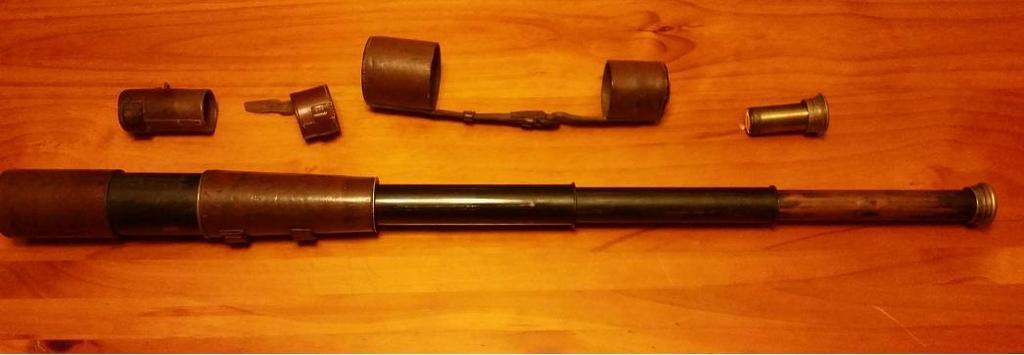
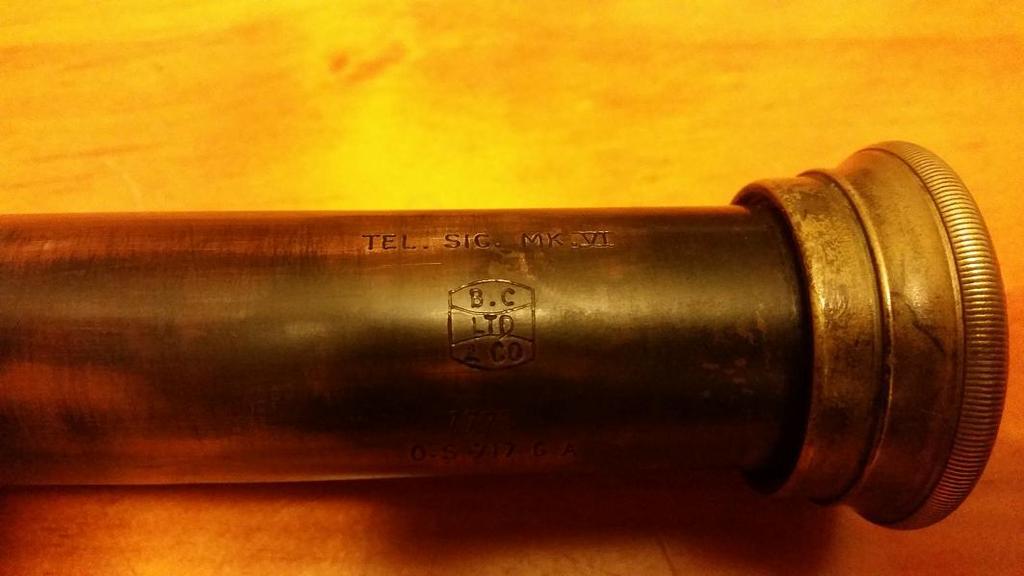
 Register To Reply
Register To Reply









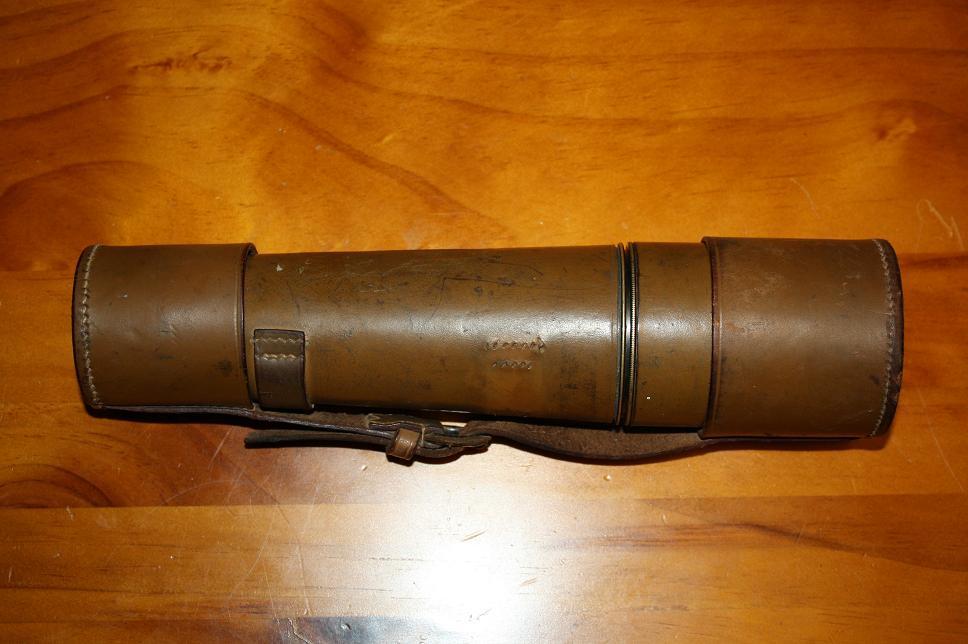
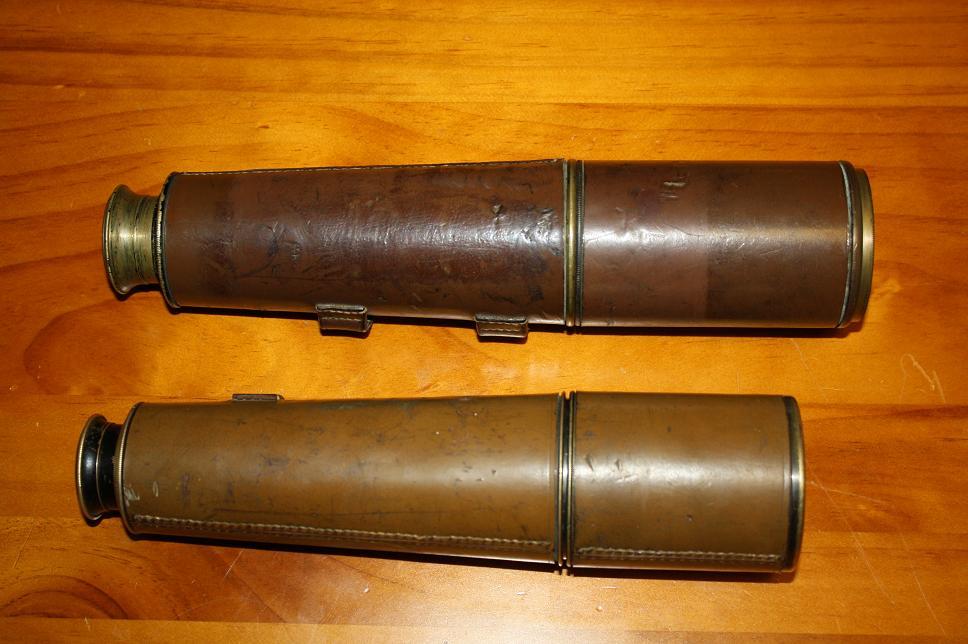

 [/IMG]
[/IMG]